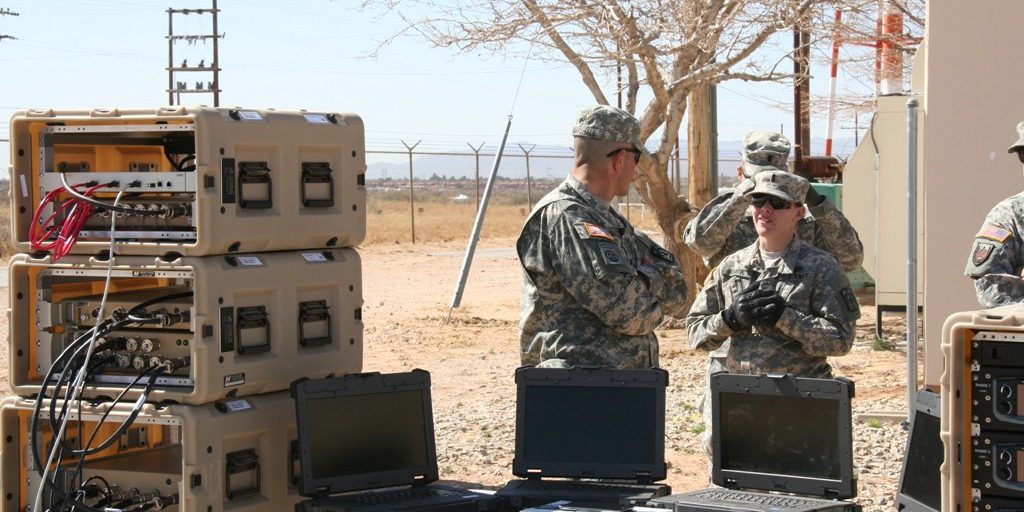1. Abstract:
Mobile network operators (MNOs) must grapple with complex security management in fourth generation Long Term Evolution (4G LTE) deployments. The security architecture of 4G LTE may lull MNOs into a sense of complacence that the technology intrinsically addresses security in LTE operations. 4G LTE has known security vulnerabilities. Besides inherent LTE vulnerabilities, 4G LTE includes long standing internet protocol (IP) based security weaknesses. The third generation partnership project (3GPP) has included security in their system architecture evolution (SAE) from inception, yet there are numerous security considerations deferred to the MNO. In terms of service delivery and operations MNOs are left to manage both LTE and IP based security vulnerabilities. This leads to complex security management requirements for MNOs. This paper covers a broad sweep of security issues that MNOs should consider when operating 4G LTE networks, and proposes directional preventative measures with the objective of highlighting the critical role MNOs have to play in securing 4G LTE operations.
2. Introduction:
LTE is designed with strong cryptographic techniques, mutual authentication between LTE network elements with security mechanisms built into its architecture. However, trusted industry organisations have identified security vulnerabilities that should be assessed by virtue of network deployment. With the emergence of the open, all IP based, distributed architecture of LTE, attackers can target mobile devices and networks with spam, eavesdropping, malware, IP-spoofing, data and service theft, DDoS attacks and numerous other variants of cyber-attacks and crimes. MNOs are focused on increasing business profitability by 4G deployments, and are the first point of contact, for subscribers in the event of security or privacy breaches. To protect profit dollars from being spent on recovery and remediation from security breaches, MNOs should keep abreast of prevalent security risks in both LTE and IP, the evolving security threatscape and actively invest in preventative security measures.
This paper provides an overview of security threats/risks and preventative measures recommended for MNOs by network segment in the 4G LTE architecture. The paper does not present a comprehensive review of all possible security threats and does not address detection or recovery measures. The paper assumes that the reader has basic knowledge of LTE architecture, operations and common security threats and attacks.
3. Background:
Technically 4G LTE is a boon for MNOs. Broadband capable, LTE is designed to support up to 300 Mbps peak downlink and peak uplink of 75Mbps. LTE specifications include an all IP network including support for IPv6, flat architecture with fewer network elements, spectral efficiency, low latency as well as backward compatibility with existing wireless technologies.
Financially, the impact of LTE deployment restores profitability to the MNO, by re-establishing costs below revenues. The current growth trend in data traffic is getting progressively unprofitable for MNOs on the legacy 2G/3G networks [1] . LTE operators benefit from improved cost efficiencies, both capex and opex, while dramatically increasing service performance for the subscriber.
It is evident, that profitability and competitive pressures will force the transition to LTE definitively for operators. Figure 1 [1]
Figure 1 [1] : Impact of LTE
4G LTE architecture was developed by 3GPP taking into consideration security principles right from its inception and design based on five security feature groups [2].
(i) Network access security, to provide a secure access to the service by the user.
(ii) Network domain security, to protect the network elements and secure the signalling and user data exchange.
(iii) User domain security, to control the secure access to mobile stations
(iv) Application domain security, to establish secure communications over the application layer
(v) Visibility and configuration of security, bring the opportunity for the user to check if the security features are in operation.
However, in reviewing the 4G LTE architecture, the 3GPP, next generation mobile network (NGMN) alliance and international telecommunications union (ITU) have identified security vulnerabilities and recommended mitigation strategies. Consideration and implementation of these security enhancing measures are discretionary to the many LTE stakeholders including MNOs. As a result, the security of LTE networks and services will vary widely between MNOs, subject to the MNOs knowledge of security risks and impacts, the MNOs risk appetite and wallet size among other factors. Speed to market, tight budgets, profit targets, concerns with network performance, business models, network interoperability, regional regulations and business priorities lead to further inconsistencies in security implementation amongst MNOs.
At the fundamental level, the LTE ecosystem (Figure 2) comprises of MNOs, LTE subscribers, LTE device manufacturers and service providers (SP) offering content, applications and other IP based services [3] [4] [5].
Figure 2: LTE ecosystem 2013 [3] [4] [5]
As a result, MNOs need to contend with security vulnerabilities, brought about not only by interconnections with other MNOs but also the varying security standards of 821 ODM/OEM LTE devices, unsecured behaviours of 68.33 million subscribers and the security weakness of numerous third party applications and services [3]. With such a large inter meshed growing milieu, and considering that cyber-attackers are poised to target mobile networks, security management in 4G LTE operations is a critical and complex challenge for MNOs.
The fragmented, disparate deployment of security in LTE networks will bring the overall security level down from the perspective of subscriber experience to the lowest common denominator, exposing subscribers, MNOs and service providers to security and privacy vulnerabilities. This heightened exposure to security threats in LTE networks through open architectures with multiple interconnections, has the potential to cause the MNO, business and financial losses, as well as a tarnished reputation.
With the objective of highlighting the significant role MNOs have to play in the securing LTE networks, operations and service, the following sections review some of the key known security threats and offers preventative measures.




